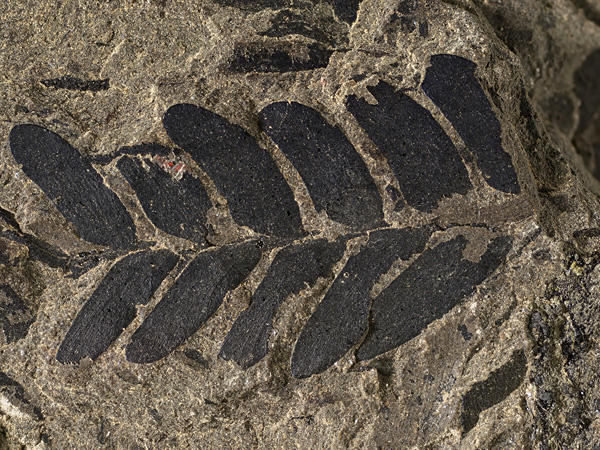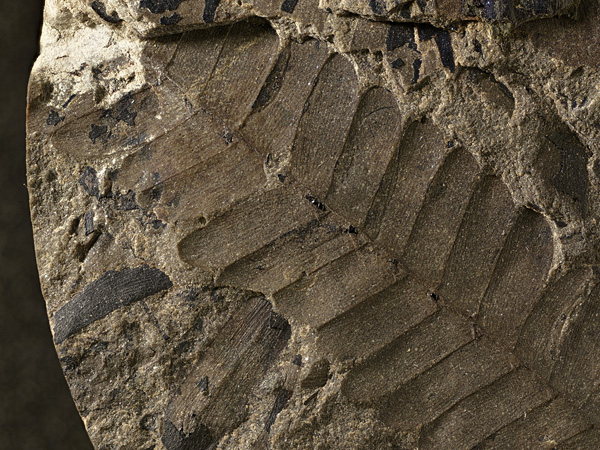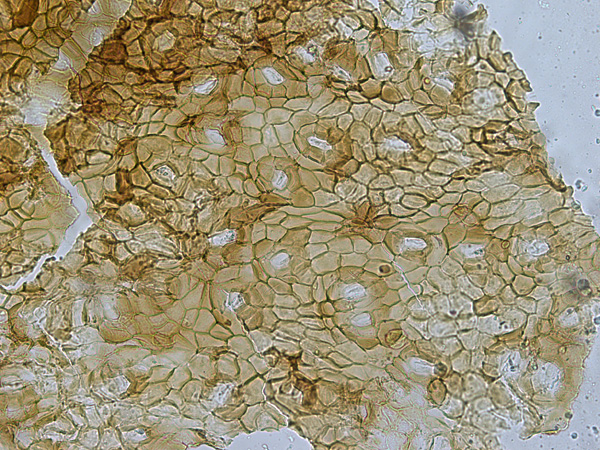Response of gymnosperms to climatic stresses during the Triassic and Jurassic in Poland
Summary
The aim of the project is to study the response of gymnosperms to changes in the concentration of CO2 in the atmosphere and related changes in temperature in the period from the Upper Triassic to the Upper Jurassic, and thus to show the adaptation strategies of pre-angiosperm flora to climate change.
One of the methods for determining fluctuations in atmospheric CO2 concentration is the analysis of the carbon-13 (13C) isotope content in the leaves of fossil plants. This content increases as a result of lowering the concentration of CO2 in the atmosphere (stress conditions). This is due to the fact that during photosynthesis, plants are forced to absorb 13CO2, although it is a less diffusive molecule than 12CO2. Under optimal conditions (high CO2 concentration), plants mainly use the more readily available isotope 12C. The 13C isotope is stable and persists in the leaves even after they are fossilized. The analysis of the content of 12C and 13C isotopes allows the calculation of the δ index, the negative values of which indicate climatic stress, while the positive ones indicate conditions favourable for plant growth.
The study of the paleoclimate can also use the fact that there is a relationship between the concentration of atmospheric CO2 and plant metabolism, which translates into the dry weight of leaves, being reflected by the size of the epidermal cells. With a high leaf weight, the cells are smaller and more packed. The high cell density means that plants are under stress and have relatively low water content. This translates into the flammability of the plant community, i.e. also the frequency and characteristics of fires (which can be observed in the fossil record). Another method for determining CO2 fluctuations is to calculate the stomatal index (SI) based on the inverse relationship between stomatal density and CO2 content in the air. In order to increase the chances of obtaining reliable results, all the methods described above will be used in the project.
The research will be carried out at several locations covering the period from the Upper Triassic to the Upper Jurassic, mainly in southern Poland (vegetation changes in space), and in several boreholes (changes in time), on known plant associations and several new ones, which will be described for the purposes of this project. The project will estimate, among other things, the dry mass of leaves and involve a geochemical analysis of charcoal (to link the occurrence and characteristics of natural fires with the characteristics of vegetation). Palynological data will also be used to determine changes in vegetation. The obtained results will be compared with the results of climate stress studies for Greenland, in which the methods described above were used.
Data from the project will be made available online on the platform of the international Community Paleo-CO2 project aimed at studying climate change on a global scale.

Jurassic bennettitalean (Ptilozamites sp.) leaf from the Borzęta locality.
Photo: Maria Barbacka.

Jurassic bennettitalean (Otozamites sp.) leaf from the Borzęta locality.
Photo: Maria Barbacka.

Cuticle of Jurassic seed fern (Pachypteris rhomboidalis) from the Cianowice locality.
Photo: Maria Barbacka.






